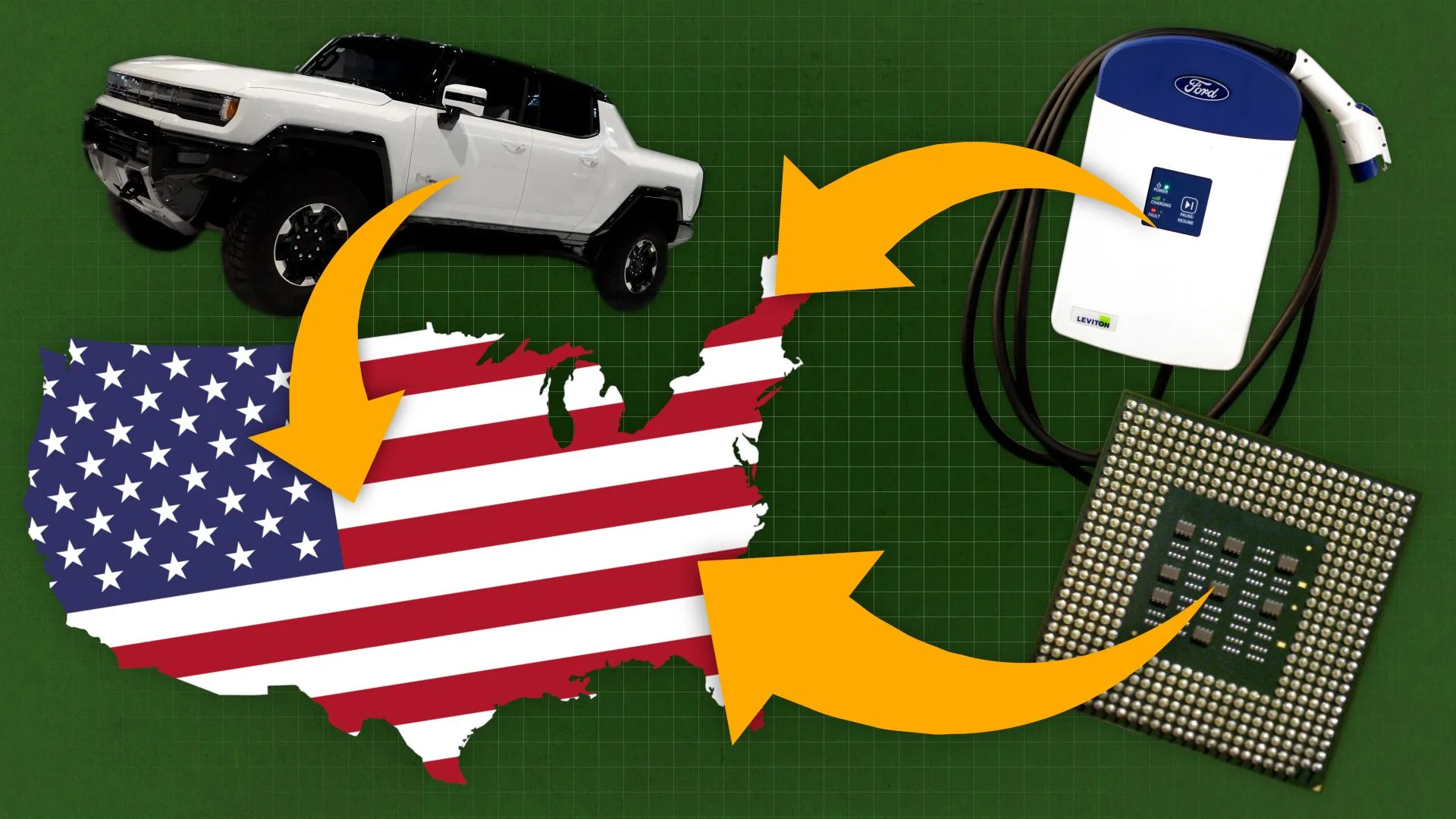The relentless pursuit of speed has been a defining characteristic of human endeavor since time immemorial. In the realm of athletics, this drive is epitomized by the quest for the fastest running shoe. The Need for Speed: Inside the Global Race for the World’s Fastest Running Shoe is more than just a quest for innovation; it’s a testament to our desire to push physical limits and redefine what’s possible.
The Quest for Marginal Gains in Running
In the world of elite running, where victory can hinge on fractions of a second, athletes and shoe manufacturers are obsessed with finding those marginal gains that can make all the difference. This relentless pursuit of improvement has led to an unprecedented era of innovation in running shoe technology. Every gram of weight shed, every ounce of energy returned, can be the deciding factor in achieving a new personal best or securing a coveted spot on the podium.
The Rise of Technology in Sports Footwear
The evolution of the running shoe has been nothing short of remarkable. From humble beginnings as basic leather shoes with minimal cushioning to today’s high-tech marvels, running footwear has undergone a radical transformation, driven by advancements in material science, biomechanics, and manufacturing techniques. This fusion of cutting-edge technology and athletic performance has not only revolutionized the sport of running but also sparked intense competition among sportswear giants vying for dominance in this lucrative market.
From Barefoot to Biomechanics: A Brief History
To fully appreciate the significance of today’s super shoes, it’s essential to understand the historical trajectory of running shoe development. Early running shoes offered minimal protection and support, leaving runners susceptible to injuries. The introduction of the first modern running shoe, the Adidas Adi Dassler, in the 1920s, marked a pivotal moment, providing athletes with improved cushioning and stability. This set the stage for decades of innovation, with brands constantly experimenting with new materials and designs to enhance performance and reduce the risk of injury.
The Science of Speed: Anatomy of a Fast Running Shoe
Creating a shoe that can shave precious seconds off a runner’s time requires a deep understanding of the biomechanics of running and the interplay of various forces at play. Modern running shoes are complex feats of engineering, meticulously designed to optimize energy return, improve running economy, and provide the right amount of support and cushioning. Let’s delve into the key technological advancements that are propelling runners toward new heights of speed.
Energy Return: The Power of Superfoams
One of the most significant breakthroughs in recent years has been the development of superfoams. These lightweight materials, often made from Pebax or TPU (thermoplastic polyurethane), are designed to absorb the impact of each stride and then return that energy back to the runner, propelling them forward with greater efficiency. Unlike traditional EVA foam, which tends to lose its shape and cushioning properties over time, superfoams are remarkably resilient, maintaining their responsiveness and energy return for extended periods.
Carbon Fiber Plates: Propelling Runners Forward
The introduction of carbon fiber plates embedded in the midsole of running shoes marked a paradigm shift in running shoe design. These stiff, lightweight plates act as a springboard, providing a noticeable boost in propulsion with each stride. The plates are strategically positioned to stiffen the shoe at the forefoot, reducing the amount of energy lost during the toe-off phase of the gait cycle. This results in a more efficient transfer of energy, allowing runners to maintain a faster pace with less effort.
Fit, Form, and Function: Optimizing Running Economy
While energy return and propulsion are crucial, a truly fast running shoe must also prioritize fit, form, and overall running economy. This involves minimizing unnecessary movement within the shoe, ensuring a secure and comfortable fit, and optimizing the shoe’s geometry to work in harmony with the runner’s natural stride. Advancements in computational design and 3D printing have allowed manufacturers to create highly customized fits, catering to individual foot shapes and running styles.



